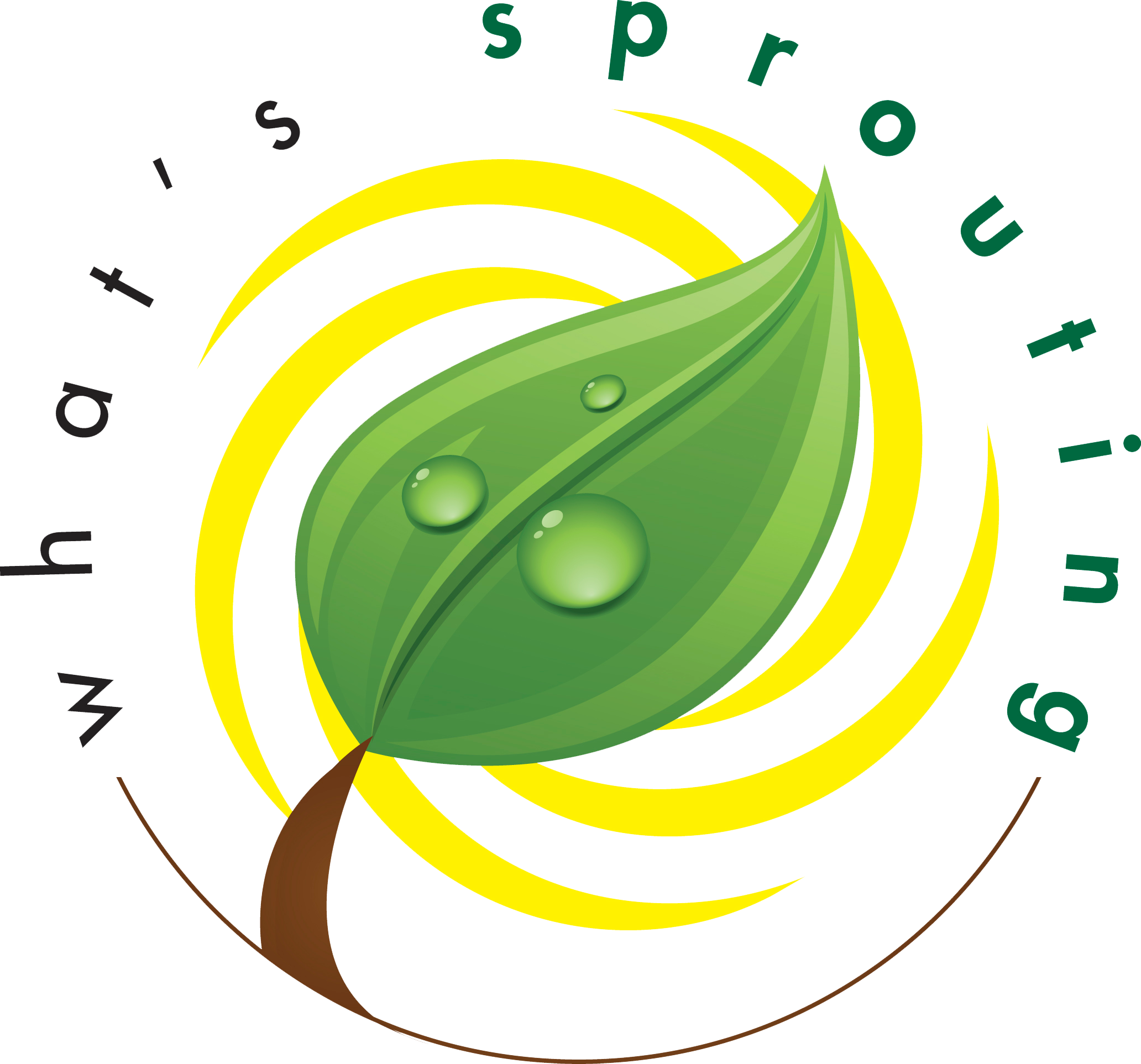By Katie Fink
With an estimated 40-48% of new nonresidential construction expected to be built green by 2015, equating to a $120-145 billion opportunity, the green building industry is booming. Although the US Green Building Council’s Leadership in Energy and Environmental Design (LEED) rating system has, until now, held the largest percent of the green building market share, comprised of over 10.1 billion square feet of certified construction space, other rating systems are beginning to challenge LEED for a cut of that expect growth opportunity in the market.
Here at Lorax Partnerships, we have seen an increase in the demand for a diversity of other green rating and certification systems from our clients for their projects. These newer rating systems and standards have been able to take advantage of certain niche needs within the green building industry in order to differentiate themselves in the market. Enterprise Green Communities, the National Association of Home Builder’s National Green Building Standards (NGBS), and the International Living Future Institute’s Living Building Challenge are all giving LEED a run for their money.
Enterprise Green Communities
The Enterprise Green Communities rating system is targeted specifically for entities engaged in the development of affordable housing projects, defined as projects serving residents significantly below the Area Median Income as well as projects funded by the Neighborhood Stabilization Program
Enterprise Green Communities stands alone in that it requires no fee to participate in the rating system. The system is primarily funded through grants, tax credits, and government funding. The program was truly established to promote environmental quality, economic vitality, and social benefits through design, construction, and operation of the built environment, while simultaneously reaching as many low-income communities and residents as possible.
The rating system incorporates mandatory requirements and optional point opportunities to ensure dual benefits: both environmental and addressing issues that disproportionately affect low-income communities. For example, in the Location & Neighborhood Fabric section, Enterprise Green Communities addresses issues of Food Desserts while simultaneously promoting local and sustainable food systems through credit 2.12 Access to Fresh, Local Foods. Credit 7.15 Lead-Safe Work Practices is a mandatory requirement that protects workers and residents from lead poisoning which is known to have a greater prevalence in low-income housing. Enterprise also offers optional points in credit 2.8 Access to Public Transportation for proximity to combined transit services that sustain a high volume of rides per day, ensuring that the sustainable public transportation system is safe and reliable, which is often a problem in low-income communities. These nuances in the rating system show Enterprise Green Communities’ commitment to creating environmentally, economically, and socially sustainable neighborhoods.
NGBS
The National Green Building Standard (NGBS) differentiates itself as a green building standard by targeting single family and multifamily homes, home remodeling, and land development. The standard has certified 34,820 homes and lots with 7,915 Single-Family units, 25,388 units within multi-family buildings, and 1,517 lots within NGBS land developments, and continues to grow daily.
NGBS is based off of the International Code Council (ICC) 700-2012 Standard which includes chapters on Site Design, Resource Efficiency, Energy Efficiency, Water Efficiency, Indoor Environmental Quality, and Building Operations & Maintenance. Each chapter provides opportunities to earn points to earn either the Bronze, Silver, Gold, or Emerald certification level. To achieve each certification, a code official and verifier visit the site periodically to inspect compliance with the standard through all phases of the project.
NGBS targets a similar market as LEED for Homes, however it is less costly. It is structured as a construction standard and verified in the field whereas LEED for Homes functions as a design standard and is verified through documentation.
Living Building Challenge
The Living Building Challenge is known as the most rigorous green building rating system on the market. The certification is so painstaking, only a handful of buildings have achieved its true form of certification, achieving net-zero in all seven of its “Petals.” Although the Living Building Challenge certification system is known to be very costly, and there are very few buildings in the program — 17 to be exact — the projects make a huge splash in the market and media.
These projects must prove their net-zero performance rather than anticipate the outcomes in order to achieve their ranking. The entirety of the process begins at the design phase, and is not complete until a full year after occupancy. Although it is not the most user friendly certification system, it raises the bar and defines the most advanced measure of sustainability in the built environment today and acts to diminish the gap between current limits and ideal solutions. The Living Building Challenge pursues a paradigm shift to envision a future that is socially just, culturally rich, and ecologically restorative. The goal is to create environmentally beneficial buildings, not just environmentally neutral. A tall order to be sure.
Conclusion
There are far more green building and infrastructure certifications than have been described today, all of which are trying to get a piece of the green building action. As green design and construction becomes more pervasive and mainstream, new certification systems are constantly challenging the status quo and setting new benchmarks in sustainability across all sectors.
Here at Lorax Partnerships, we are transcending boundaries by supporting the full spectrum of green building rating systems and standards. We strive to help our clients minimize their environmental impact, where they work and how they work, while helping them save money and improve their bottom line.

